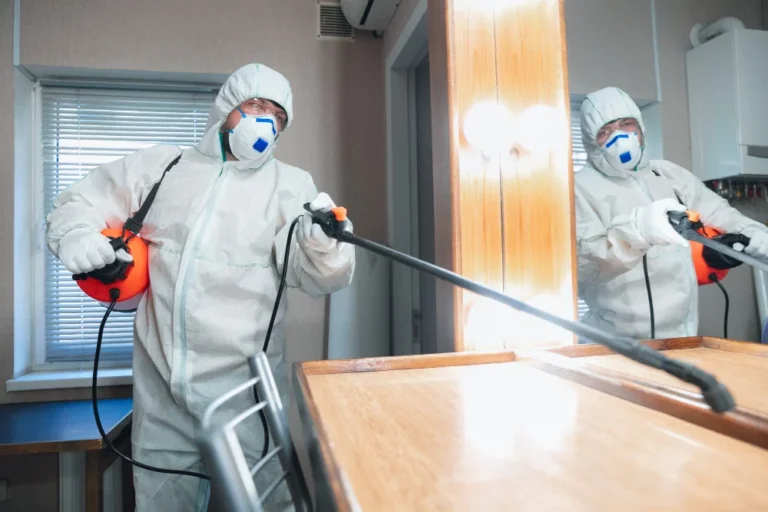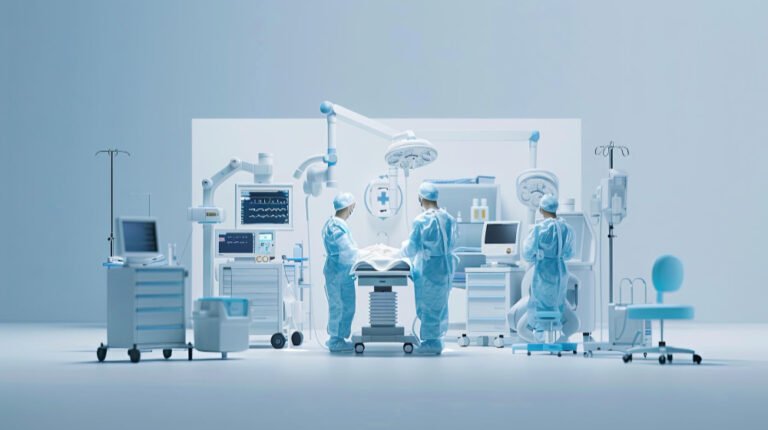What to Expect During an Angiography Procedure
When doctors need to get a detailed look at your blood vessels to diagnose or treat heart and vascular conditions, they often recommend a procedure called angiography. This advanced medical imaging technique helps detect blockages, narrowing, or abnormalities in arteries and veins that might not be visible through standard scans.
If you’re scheduled for angiography, it’s normal to feel anxious or uncertain about what will happen. This guide explains everything you need to know — from preparation to recovery — so you can feel confident and informed before your procedure.
What Is Angiography?
Angiography is a diagnostic procedure that uses X-rays and a special dye (contrast medium) to visualize blood vessels in different parts of the body. It helps doctors assess blood flow and detect potential issues such as:
- Artery blockages or narrowing (stenosis)
- Aneurysms (vessel bulges)
- Blood clots
- Malformations or leaks in blood vessels
Depending on which part of the body is being examined, angiography may be used to evaluate the heart (coronary angiography), brain (cerebral angiography), kidneys, lungs, or limbs.
Types of Angiography
There are several types of angiography depending on the organ or system being studied:
1. Coronary Angiography
Used to visualize the coronary arteries supplying the heart. It’s commonly performed when a patient shows symptoms of chest pain, shortness of breath, or suspected coronary artery disease.
2. Cerebral Angiography
Examines the blood vessels in the brain to detect aneurysms, strokes, or malformations.
3. Pulmonary Angiography
Checks blood flow in the lungs, often used to identify pulmonary embolisms (blood clots).
4. Peripheral Angiography
Focuses on arteries in the arms or legs, particularly for patients with peripheral artery disease (PAD).
5. Renal Angiography
Assesses the arteries that supply the kidneys, helpful for patients with unexplained hypertension or kidney issues.
Preparing for an Angiography Procedure
Before undergoing angiography, your doctor will give you specific instructions to ensure the procedure goes smoothly. Preparation typically includes:
1. Medical Evaluation
You’ll undergo blood tests, kidney function assessments, and sometimes an ECG to make sure your body is ready for the procedure.
2. Fasting
Most patients are advised not to eat or drink anything for about 6–8 hours before angiography.
3. Medication Review
Inform your doctor about all medications, supplements, or allergies — especially to iodine or contrast dyes. You may need to temporarily stop certain medicines such as blood thinners.
4. Consent and Explanation
The doctor will explain the risks, benefits, and purpose of the angiography procedure and ask for your consent before starting.
During the Angiography Procedure
1. Arrival and Preparation
You’ll be asked to change into a hospital gown and lie on an X-ray table. A small intravenous (IV) line will be inserted into your arm for medications and contrast dye.
2. Local Anesthesia
A local anesthetic is applied to numb the area — usually in the groin, wrist, or arm — where the catheter will be inserted.
3. Catheter Insertion
The cardiologist or radiologist inserts a thin, flexible tube (catheter) into a blood vessel. Using real-time X-ray imaging (fluoroscopy), they carefully guide the catheter to the targeted blood vessels.
4. Contrast Dye Injection
Once the catheter is in position, the doctor injects a special contrast dye that flows through your bloodstream, making the vessels visible on X-ray images. You might feel a brief, warm sensation when the dye is injected — this is normal.
5. Image Capture
As the dye circulates, multiple X-ray images are taken to create detailed visuals of your blood vessels. These images help doctors pinpoint any blockages or abnormalities.
6. Duration
The entire angiography procedure usually takes between 30 minutes and 1 hour, depending on complexity and the area being examined.
After the Procedure
1. Catheter Removal and Bandaging
Once imaging is complete, the catheter is removed, and pressure is applied to the insertion site to prevent bleeding. A bandage or small closure device may be used.
2. Monitoring and Recovery
You’ll rest in a recovery area for several hours while medical staff monitor your vital signs. It’s essential to remain still and avoid bending the limb where the catheter was inserted.
3. Hydration
Patients are encouraged to drink plenty of fluids to help flush the contrast dye out of their system.
4. Discharge
If no complications arise, you can usually go home the same day. However, some cases — especially cardiac angiography — may require an overnight hospital stay for observation.
Possible Risks and Complications
Although angiography is generally safe, as with any medical procedure, there are small risks involved. These may include:
- Mild allergic reactions to contrast dye
- Bleeding or bruising at the catheter site
- Infection (rare)
- Temporary kidney function changes (especially in patients with existing kidney disease)
- Very rarely, blood vessel damage or blood clots
Your medical team will take precautions to minimize all risks and handle any side effects promptly.
Recovery and Aftercare Tips
To ensure smooth recovery after angiography, follow these steps:
- Rest: Avoid strenuous activities or heavy lifting for 1–2 days.
- Monitor the insertion site: Watch for swelling, redness, or bleeding.
- Stay hydrated: Drink plenty of water to eliminate contrast material from your body.
- Follow up: Attend follow-up appointments and discuss the angiography results with your doctor.
- Medication management: Take prescribed medications exactly as directed.
Results and Next Steps
After reviewing the angiography images, your doctor will discuss the findings. If blockages or other issues are detected, treatment options may include:
- Lifestyle changes and medications
- Angioplasty (opening narrowed arteries)
- Stent placement
- Surgery (in severe cases)
The results of angiography often guide the next phase of treatment, helping create a personalized care plan to restore healthy blood flow.
Conclusion
Angiography is a vital diagnostic procedure that gives doctors a clear view of your circulatory system, allowing them to detect and treat potential heart or vascular problems early. By understanding what to expect before, during, and after the test, you can approach the experience with confidence.
With today’s advanced technology and skilled medical professionals, angiography is safer and more accurate than ever — playing a crucial role in protecting your heart and overall health.







